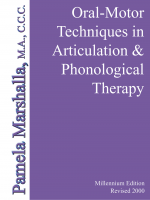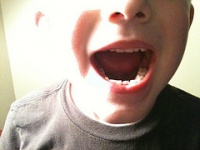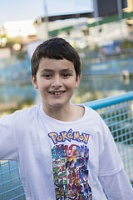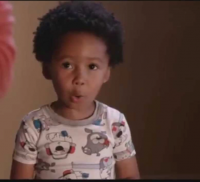
Q: I’m an undergrad student in my senior year, so my question is for a group project for which I have the history/origins of oral motor exercises. I read your article for the Oral Motor Institute where you reviewed a number of texts. My question is “Is there any name — or names — that are associated with the beginnings of using OMEs? And, are there names associated with bringing it into more mainstream practice? This is all brand new…









